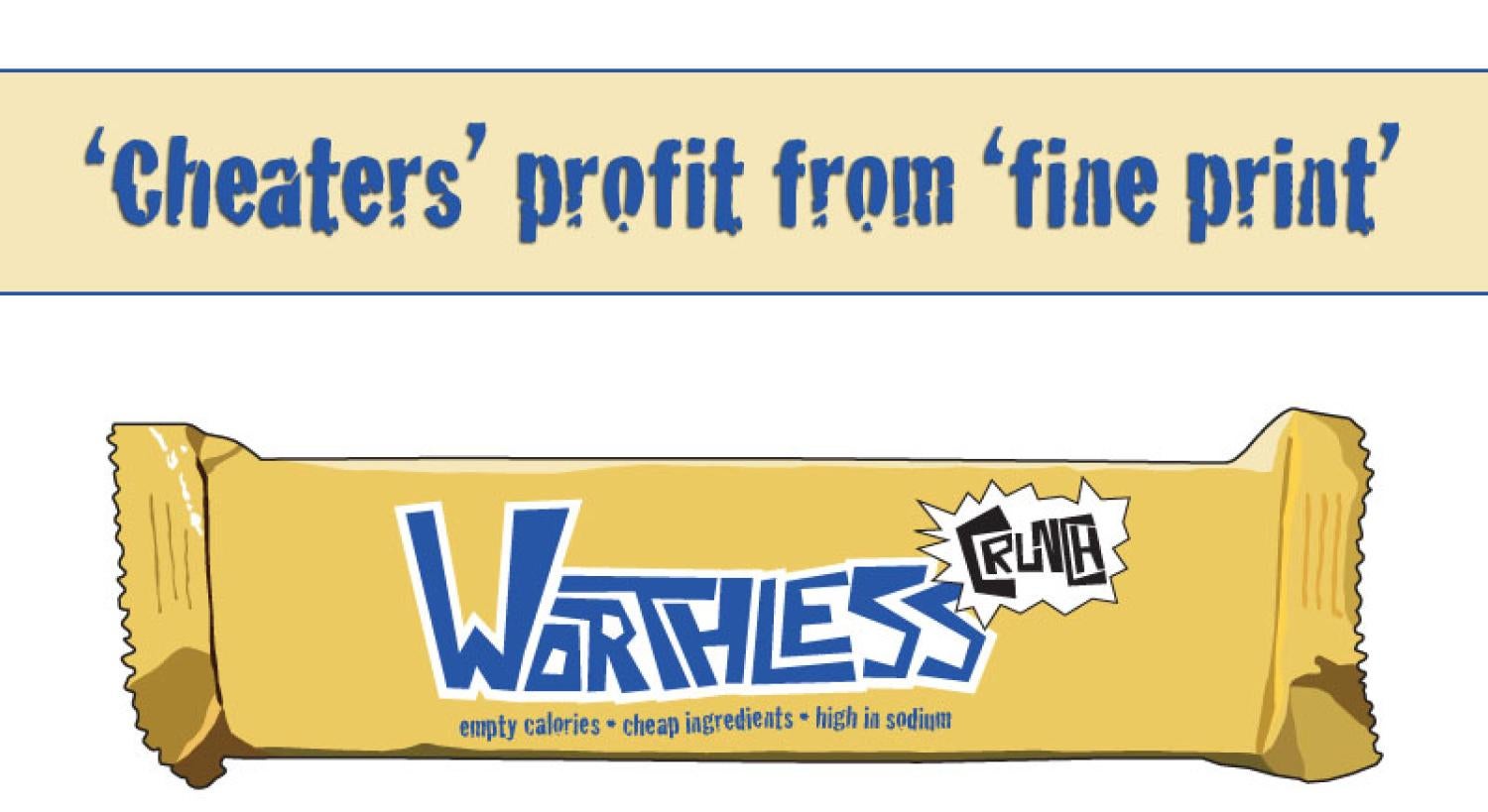
But transparency policies encouraging consumer knowledge could help, research suggests
Do you read the “fine print?” No? Many of us don’t. Counting on consumers who glaze over the “fine print” may be one way firms “cheat,” offering sub-standard products to the masses, according to new research by University of Colorado Economics Professor Yongmin Chen.
But these cheaters may be foiled by policies encouraging market transparency, Chen finds.
 Chen and co-author Mark Armstrong of the University College London explore the effects inattentive consumers have on the marketplace in an article titled, “Inattentive Consumers and Product Quality,” as published in the Journal of the European Economic Association, April-May 2009.
Chen and co-author Mark Armstrong of the University College London explore the effects inattentive consumers have on the marketplace in an article titled, “Inattentive Consumers and Product Quality,” as published in the Journal of the European Economic Association, April-May 2009.
In their article, Chen and Armstrong examine a world in which “all consumers observe prices but only some pay attention to product quality.” As an example, they describe a snack made cheaply with substandard ingredients.
An attentive consumer would look at the ingredients to discover that the price was low as a result of poor quality, whereas an inattentive consumer would purchase the product based on price alone.
The model of Chen and Armstrong assumes two levels of quality: low-quality (worthless) and high-quality. In their model, the low-quality, or worthless product, would not be produced without the presence of inattentive consumers.
Because inattentive consumers do exist, sellers can turn a profit by offering a worthless product. This happens a lot. The model shows that when the number of sellers becomes large, “approximately half of (sellers) will offer the worthless product.”
Chen suggests that inattentive consumers could be helped by a “transparency policy” that helps improve how information is presented to consumers, or forces consumers to seek quality information about a product.
Transparency policies, when effective, will ultimately increase the number of attentive consumers, their model predicts. Furthermore, increasing the number of attentive consumers will increase overall consumer welfare.
In the real world, Chen notes, government regulations have helped consumers find accurate information about the durability of light bulbs, fuel efficiency of cars and danger of cigarettes. “There is general agreement that such information has improved market efficiency and benefitted consumers.”
Chen supports increased market transparency with some caveats. First, he says that consumer welfare may not be improved if the increase in attentive consumers is low in relation to the existing number of attentive consumers. “The intuition for this in our model is that when more consumers become attentive on product quality, firms may compete less aggressively on prices, and in some range of parameter values the effects of higher prices can outweigh the consumer gains from increased expected quality,” he says.
Second, he says that transparency policies might not make consumers better informed. “This is because some firms may strategically choose what information to display/disclose when a transparency policy is implemented.”
He adds, “My impression is that some of us do not read through contracts provided by insurance companies, credit card companies, and phone companies because they are too long and contain too much information.”
This essay marks a new and exciting path in the field of economics, Chen suggests. “The consumers in standard economic theory are fully rational agents who make optimal choices. While this is a simplifying assumption that has proven useful in economic analysis, there is increasing recognition among economists about the importance to study alternative models of consumer behavior involving imperfect decision-making. This essay is an attempt to explore the alternative approach, in a fairly natural and simple setting, where some consumers are inattentive to (certain aspects of) product quality when making purchases,” says Chen.
As Chen notes, the simplified model of consumer behavior and product quality is a starting point for further research. Chen explains, “In our model, for convenience we normalized the value of the low-quality product to zero. It would be desirable to further explore our ideas in a general model, where, for example, there are many potential quality levels, consumers have heterogeneous tastes for quality, and consumers may choose how attentive to be, depending on the circumstance.”
The ultimate goal is to provide a clearer understanding of how the market works, and how to develop sound public policy. “I hope this work, together with my other research, will lead to a theory of industrial organization that better explains how the markets function and provides useful insights for public policy,” he says.
Chen is the Stanford Calderwood Endowed Chair Professor in Economics at CU. He is the winner of multiple awards, including two NSF grants.
Keith Maskus, an associate dean of the College of Arts and Sciences, notes that Chen specializes in the branch of economics called industrial organization, which studies how firms are organized and their strategic decisions regarding management, pricing, investments and research. “He is one of the most widely recognized economic theorists in this area and has published dozens of highly cited articles in the top economic journals,” Maskus says.
Chen has made a substantial impact on the economics department. “Before Yongmin arrived, the economics department’s program in industrial organization was poorly developed and not well regarded,” Maskus says.
“He has revitalized the program by developing new courses, hiring new faculty, and training many graduate students. Further, he is a leading mathematical modeler in the general area of microeconomics and teaches many of our courses in that area at both the graduate and undergraduate levels.”



